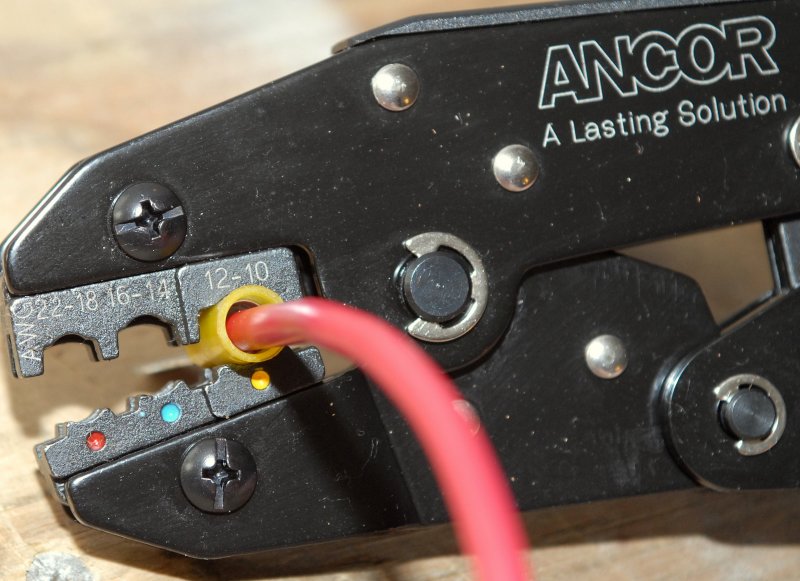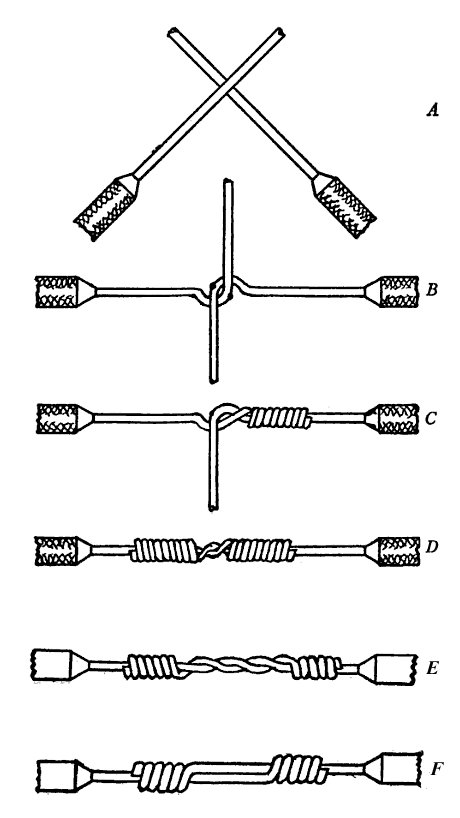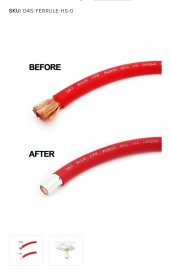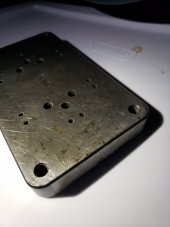Hang on a minute while I put on my hip waders before I tread into this swamp...
Both true statements.
Where I slightly disagree with you is with this statement:
A properly crimped connection, using a closed end lug, with heat shrink tubing (with adhesive), will also prevent corrosion. A solid cold weld joint isn't coming apart.
There are numerous posts here on the forum and out there on the Internet that suggest that soldering terminal ends in mobile environments, or those environments where vibration is possible, are not acceptable.
Go to the pdf and look at the infrared images. I will add if your battery terminals hit 370 degrees f, youve got bigger problems than melting solder.
The welding operations you speak of arent running that current through batteries.
Both true statements.
Where I slightly disagree with you is with this statement:
It eliminates the possibility of corrosion between the terminal and wire. And done properly never comes apart.
A properly crimped connection, using a closed end lug, with heat shrink tubing (with adhesive), will also prevent corrosion. A solid cold weld joint isn't coming apart.
There are numerous posts here on the forum and out there on the Internet that suggest that soldering terminal ends in mobile environments, or those environments where vibration is possible, are not acceptable.







